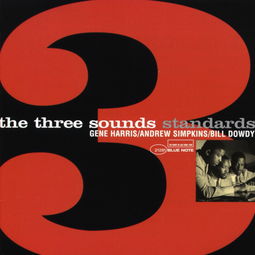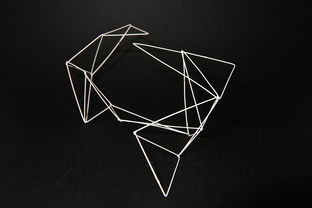Content:
Fishing is an art that requires patience, skill, and a deep understanding of the fish you are targeting. While the initial setup and presentation of the bait are crucial, the real challenge often lies in the post-hook phase. In this article, we will delve into the essential tips and techniques for how to effectively open fish饵 and execute a successful fishing experience.
Understanding the Fish饵
Before we dive into the post-hook techniques, it's important to understand the fish饵 you are using. Fish饵的种类繁多,包括虫饵、诱饵、合成饵等。 Each type has its own unique characteristics and requires a different approach. Here's a brief overview of the most common fish饵:
Live Bait: This includes worms, minnows, leeches, and other live organisms. Live bait is highly attractive to fish as it moves naturally in the water, triggering a natural feeding response.
Artificial Lures: These are man-made imitations of fish饵, such as spinners, spoons, and soft plastics. They can be highly effective in attracting fish, especially in areas where live bait is scarce.
Natural Bait: This includes natural substances like corn, bread, or cheese. Natural bait is often used for specific species or in certain fishing conditions.
Post-Hook Fishing Techniques
Once you have selected the appropriate fish饵, it's time to focus on the post-hook phase. Here are some key techniques to help you catch more fish:
Hook Selection: Choose the right size and type of hook for your fish饵. The hook should be sharp, with a wide gap to ensure the bait stays on securely.
Bait Presentation: Depending on the fish饵 type, the presentation can vary. For live bait, ensure it's lively and moving naturally. For artificial lures, experiment with different retrieves and actions to mimic the natural movement of the prey.
Patience: Wait for the fish to take the bait. It's important not to set the hook too early, as this can spook the fish. Observe the line for any signs of a bite, such as a sudden pull or a change in tension.
Hook Set: When you feel a bite, set the hook with a firm and quick pull. This ensures the hook is properly embedded in the fish's mouth. For live bait, a gentle hook set may be more effective.
Reeling In: Once the fish is hooked, start reeling in slowly but steadily. Avoid reeling too fast, as this can exhaust the fish and cause it to spit the bait out.

Handling the Fish: Once you have the fish close to the boat, be gentle and careful when handling it. Use a net to help control the fish and avoid damaging it.
Landing the Fish: If you plan to keep the fish, ensure you land it quickly and humanely. This is not only ethical but also helps to preserve the fish for future fishing trips.
Advanced Techniques
For those looking to refine their fishing skills further, here are some advanced techniques:
Leader and Tippet: Use a leader and tippet to improve the sensitivity of your fishing line. This allows you to detect even the slightest movements of the fish.
Bait Adjustment: Adjust your bait as needed during the fishing session. If you notice that the fish are not biting, try changing the type of bait or the way it's presented.
Water Conditions: Pay attention to water conditions, such as temperature, clarity, and flow. These factors can greatly influence fish behavior and feeding patterns.
Fish Behavior: Study the behavior of the fish you are targeting. Understanding their habits can help you predict their movements and increase your chances of a successful catch.
In conclusion, mastering the art of post-hook fishing requires a combination of knowledge, skill, and practice. By understanding the fish饵, utilizing effective techniques, and paying close attention to the nuances of the fishing environment, you can significantly improve your chances of catching more fish. Whether you're a seasoned angler or a beginner, these tips and techniques will help you become a more proficient fisherman. Happy fishing!












